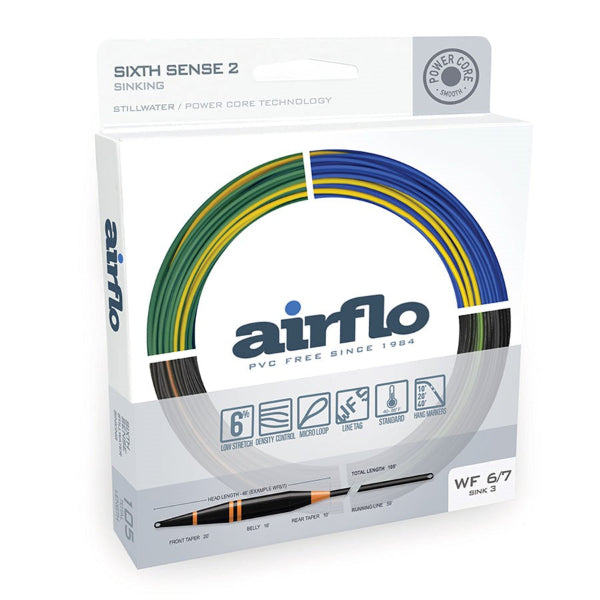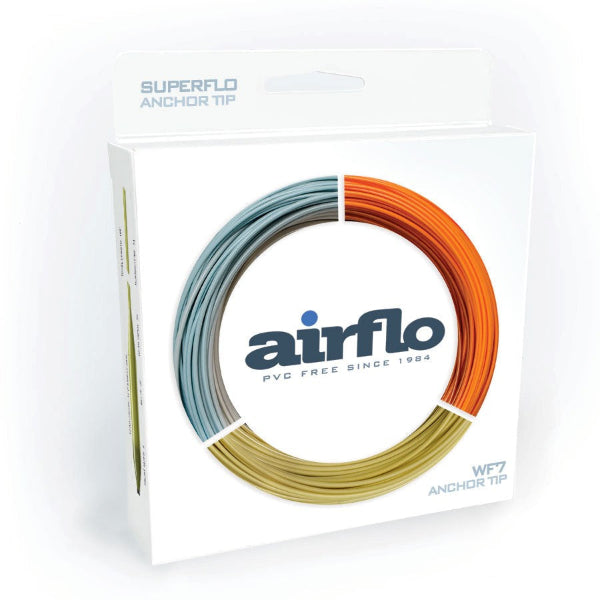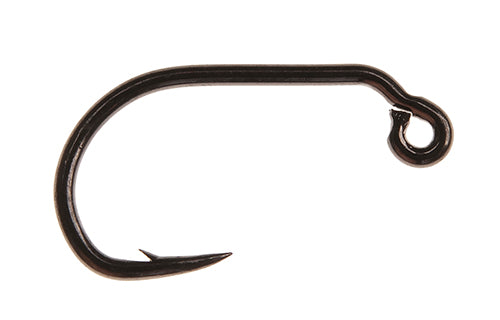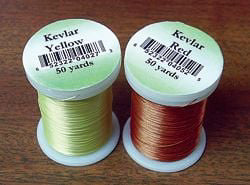Whiting Farms uses an Olympic grading system for their dry fly capes and saddles, primarily from genetic lines of birds developed for tying flies. The grading system reflects consistency and quantity, not necessarily the quality, color, or aesthetic. All Whiting hackle grades have high-quality feathers. Here's an overview of the grading tiers and what they represent:

Whiting capes and saddles come in five main grades:
1. Platinum Grade (rare and limited)
-
Top 1% of production.
-
Ultra-premium quality: exceptional feather density, length, and symmetry.
-
Extremely long hackles (often 12–14 inches).
-
Used mostly by professional tyers or collectors.
-
Very limited availability and high price.
2. Gold Grade
-
Excellent feather consistency across the entire pelt.
-
High barb density and long, supple stems.
-
Long tying length per feather.
-
Good value for professional or high-volume tyers.
-
Offers the best quality commonly available at retail.
3. Silver Grade
-
Slightly shorter feathers or a little more taper compared to Gold.
-
Still excellent quality, and often sufficient for most fly tyers.
-
Very good feather count and stem strength.
4. Bronze Grade
-
Higher feather density than pro grade.
-
Great combination of value and size ranges.
-
Excellent value for beginner to intermediate tyers.
5. Pro Grade
-
Entry-level grade.
-
Fewer feathers on the smaller end of the scale.
-
Large variety in sizes.
-
Excellent value for beginner tyers.

Do you need a cape or a saddle?
Dry fly capes typically will have a size range of 10-22. There is a limited number of hackles per size on a cape but you do have a larger variety of sizes. Whereas, a saddle typically has 3 size ranges (example: 12-16, 14-18, etc). Midge saddles will have predominantly feathers in the size 18-22 range.
So let us say that you tie predominantly size 12-14 Quill Gordons or Light Cahills. A dun saddle that has mainly feathers in the size 10-14 or 12-16 range would serve your purposes better. Many tyers opt to buy a cape due to lower costs. Inevitably, those capes end up with a huge bald spot at the sweet spot for the sizes they mainly tie.

On the other hand, you tie a wide variety of dry flies and aren't cranking flies out by the dozens. A cape could suit your needs. Do you need a cape or a saddle? The decision will ultimately be based on your needs and the number of flies you tie. There is also nothing wrong with a casual tyer owning mainly saddles.
Lastly, there are Whiting 100 packs. These are pre-sized packs that will tie roughly 100 dry flies. The 100 packs are the lowest cost option of all the Whiting Farms dry fly products.















